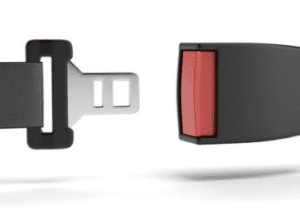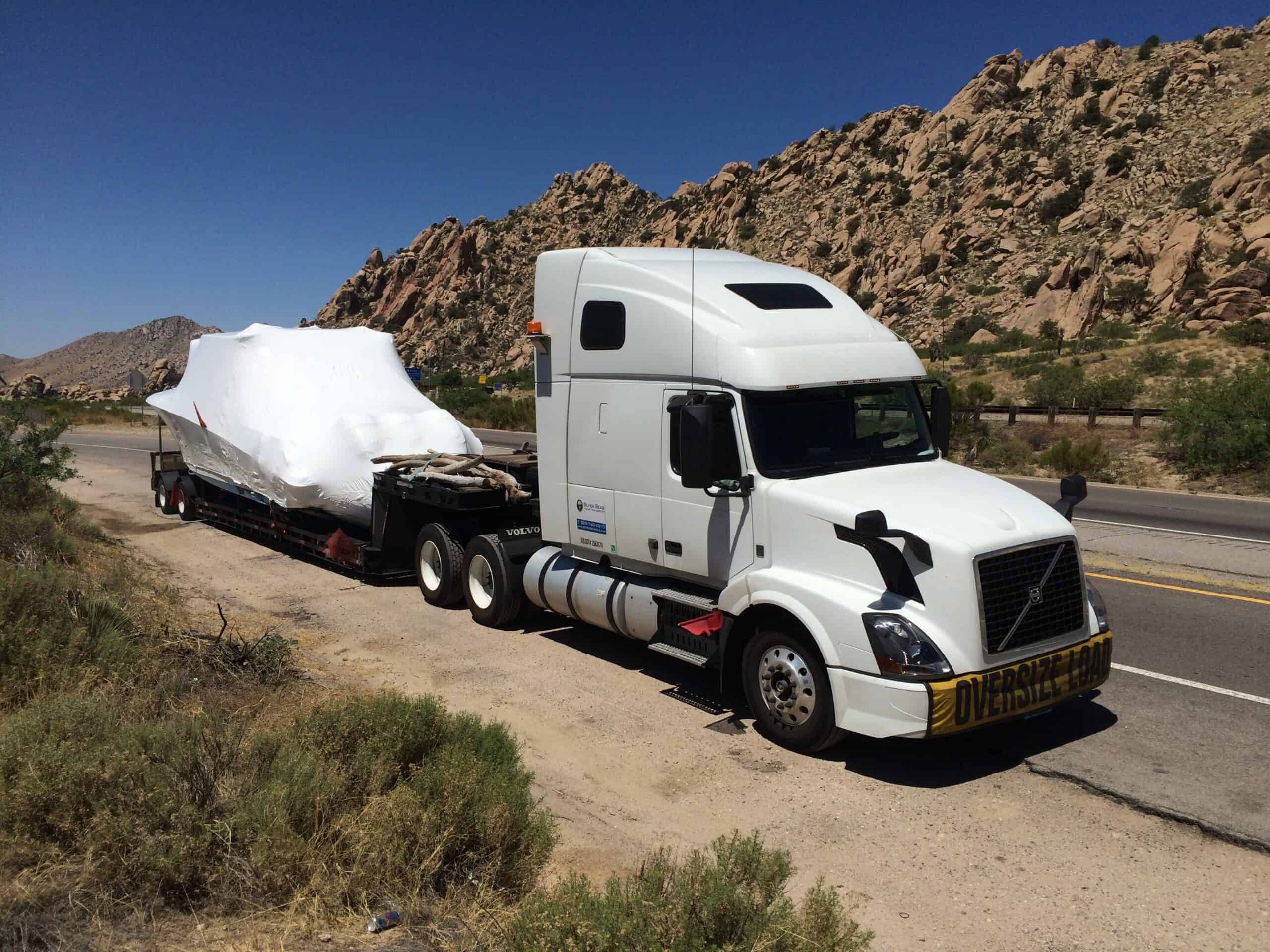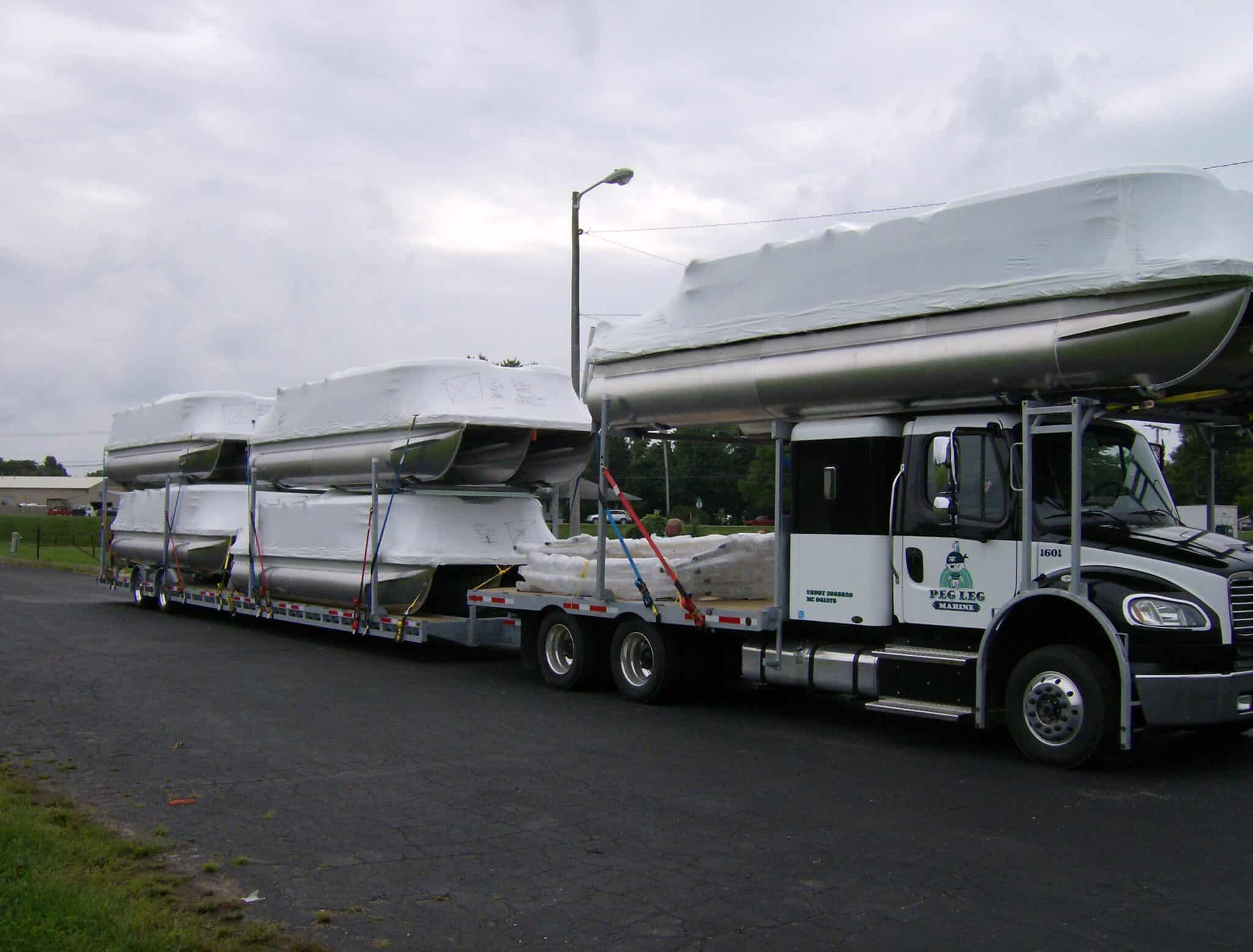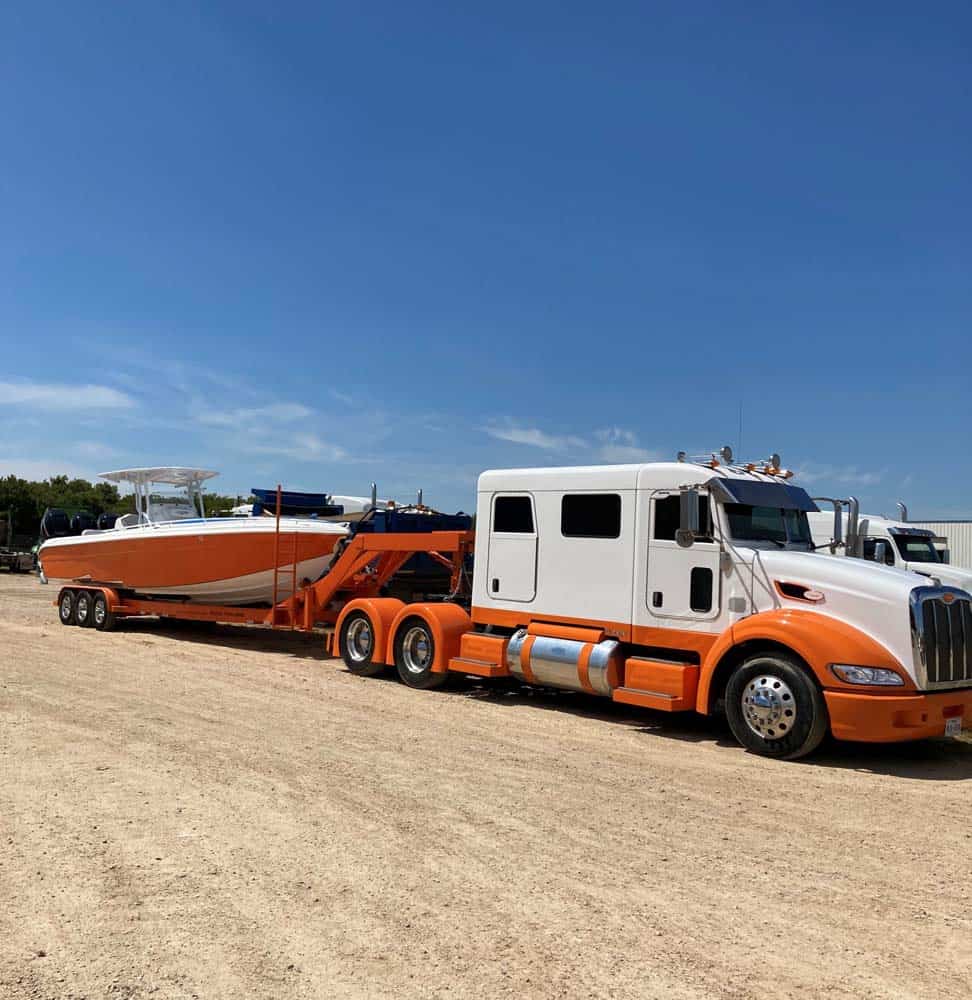Obvious Safety Tips You May Have Forgotten

Safety is the most important thing in most aspects of moving heavy haul.
Whether it’s across town or across country, when it comes time to move those larger items, safety has to be the number one priority. Heavy haul can be tricky and often times dangerous if not handled properly – something that should never be taken lightly. From having proper insurance and licensing, secure loadings and secure transport vehicles, working with certified professionals in their areas of expertise – there are a lot of aspects involved in safely transporting heavy equipment so let’s look at what everyone needs to know before jumping into this job.
You’ve probably heard a lot of truck driver safety tips while you were going through training, inevitably, there are bound to be some that slip your mind once the real work begins. Safety is just as important on your 1,000th trip as it was on day one and here are key reminders for drivers during these three stages: pre-trip; in transit (on the road); post-trip/winter driving.
Plan your route:

If driving a single load from Point A to point B or dropping off smaller loads along the way, it is essential to plan your route. This not only helps ensure an efficient trip and keeps you compliant with laws for driving hours on top of other regulations, but can also keep yourself safe by avoiding low bridges and other hazards that may come up as well. Without having to figure out where in advance will lead you towards distraction free traveling while staying knowledgeable about current traffic conditions which could make all the difference when something comes up.
Many drivers find themselves at risk without taking care of planning their routes ahead of time – this doesn’t just apply if they are trying to drive long distances either; even shorter trips require careful consideration beforehand.
Plan your maintenance:
If you’re an owner-operator, you will be responsible for designing your own preventative maintenance plan. If you drive for a company, your carrier should develop the schedule. But either way, you know your own truck, so don’t be afraid to weigh in. This plan should be based on things like mileage, days on the road, and any previous history of breakdowns.
Plan a Pre-Trip inspection:
The Department of Transportation will require truck drivers to perform a detailed pre-trip inspection before they set out on their journey. The more thorough you are in checking everything from the lights, brakes and coupling system–the safer you will be during your trip. Make sure also that there is an emergency kit with all necessary tools as well spares parts for minor repairs while driving.
Check Weather and Traffic Reports:
Take a look at the latest weather and traffic reports along your route, and adjust your plan accordingly. It’s also a smart idea to use an app that will update you if things suddenly change en route.
Follow Safe Loading Procedures:
The steps to back a truck up an incline vary depending on the type of equipment you’re driving and what is loaded in your trailer. However, there are some general guidelines that apply no matter what kind of tractor or load it is. Park using your brakes when possible; make sure everything’s strapped down tight before pulling out because once you start backing up, things can shift around quickly if they aren’t properly tied-down! Double check for any obstacles and clear space behind then remove the dock plate with care so as not to damage anything else nearby – those metal plates have powerful magnets built right into them which could rip off a door panel from another vehicle if left unchecked.
Wear A Seat Belt:

Though decades of research continue to show that seatbelts save lives, a stunning one in six truck drivers doesn’t regularly wear one. Regular seatbelt use is one of the easiest ways to improve your safety.
Check blind spots.
All trucks have blind spots, and it’s up to you to know where they are and make sure they are clear before changing lanes. Carefully set your mirrors to improve your view, and follow the ten-second rule for lane changes: put on your blinker for three full seconds before changing lanes, and take seven seconds to complete the change. Only make lane changes that are needed.
Monitor speed limits.
It’s incredibly easy to let your speed creep up as you drive, especially if you are on a tight schedule. But speed limits often change with little warning, and the faster you are going the more difficult it will be to stop in an emergency.
Avoid cell phone use while driving.
 Federal Motor Carrier Safety Administration (FMCSA) restricts cell phone use while driving, not to mention it is very dangerous. Though hands-free calling is permitted, it’s a much better safety practice to make calls or check your texts and emails only during a rest break.
Federal Motor Carrier Safety Administration (FMCSA) restricts cell phone use while driving, not to mention it is very dangerous. Though hands-free calling is permitted, it’s a much better safety practice to make calls or check your texts and emails only during a rest break.
Follow the seven-second rule.
Trucks are far bigger and heavier, with a much greater stopping distance. Increase the usual recommended 3 seconds to seven seconds of distance on clear, dry roads. In wet or wintry conditions, heavy traffic, construction zones, or other dangerous areas, leave an even bigger distance cushion.
Avoid drugs and alcohol.
This should go without saying, but it’s always worth a reminder. Driving under the influence is illegal as well as dangerous. Commercial drivers may not have any measurable alcohol in their bloodstream or consume any alcohol within four hours before taking control of their vehicle.
Stay cool, calm, and collected.
Road rage can lead to dangerous driving behaviors and dramatically increase your risk of causing accidents. If someone angers you on the road, take a deep breath and slow down (but don’t slam on the brakes). Allow that person the needed space to get away from you and give yourself time to calm down.
Always use signals.
It’s hard enough on other drivers when regular passenger car turn signals aren’t utilized. When you’re driving a large vehicle that is difficult for other drivers to see and maneuver around, it’s essential to signal your intentions for a few seconds before making a turn or a lane change.
Take regular rest breaks.
Hours of service regulations govern how long you can drive at a time and how much rest is required before you drive again. But few truck drivers can safely maintain eight hours in the driver’s seat with no breaks at all without losing focus and driving concentration. One of the best ways to increase safety is to take short breaks every few hours. Get out and take a short walk. Then check on both your equipment and your load before getting back to trucking.
Inspect delivery spots on foot.
It’s always a smart idea to check out exactly where you will be unloading your truck. Park nearby and walk over to inspect the unloading area. Make sure there’s enough room to safely maneuver, and make a mental note of any obstacles, such as fire hydrants or ditches.
Inspect your truck.
At the end of each day or trip, don’t forget the post-trip inspection. You’re required to inspect everything from the tires to the windshield wipers, and complete a written report within 24 hours. When you’re finished, lock up and go get some well-deserved healthy food and some rest. Truck Driver Safety is just as important as insuring the safety of everyone else on the road and the cargo you carry.
Join VeriTread!
Tell Us About Your Fleet: When you complete a profile on VeriTread, we learn detailed information about your equipment, your capabilities, and the areas you service. We combine this information with our patent pending freight matching technology to proactively find you the best paying freight available. VeriTread is reserved only for carriers, brokers, and forwarders, who are properly bonded, licensed, and insured which reduces overall risk as well as keeps rates at a fair and profitable level.
Simplicity Comes Standard: You don’t have to be an expert to be an expert. Our patented technology gives you everything you need to know. Integrated dimensions, machinery weights, direct communication with shippers, trailer & permit requirements. This creates a more predictable carrier experience by clearly identifying all of the industry secrets and insider knowledge required to efficiently transport large items.
Grow Your Customer Base: VeriTread has 100’s of loads that you won’t find anywhere else. Every day new freight is listed from companies such as Caterpillar, Komatsu, John Deere, United Rentals, Ritchie Bros, and IronPlanet along with individuals looking for companies like you. VeriTread connects you with the best paying freight and biggest names in the business.
Get Paid On Your Terms: Set how and when you get paid. Keep everything you make. VeriTread does not charge freight transaction fees or subscriptions to asset based carriers. Our exclusive rating and feedback system enables quality carriers to grow their business substantially while not having to worry about always being the lowest market price. We are committed to quality carriers in order to deliver the industry’s best transport experience.
VeriTread moves thousands of machines every year you can visit our contact form or call (800) 880-0468 or (863) 226-0903 for international calls.
CATEGORIES
recent posts

Anchoring Your Budget: Understanding and Managing Boat Transport Costs

Your Guide to Boat Transport Regulations and Permits


